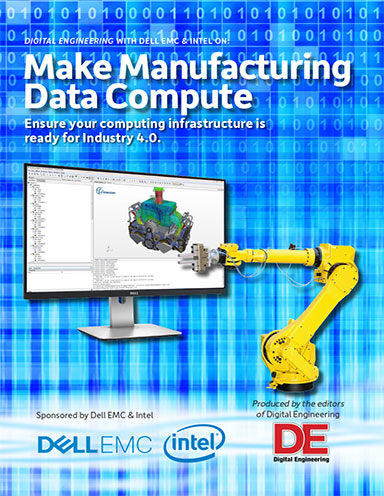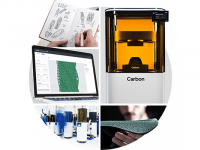
April 20, 2017
As the digital thread winds its way from the back office to the factory floor, manufacturers have an unprecedented opportunity to drive efficiencies and boost product innovation, thanks to a wealth of data that can be collected and analyzed for operational insights.
The rise of the smart factory, what some refer to as the fourth industrial revolution or Industry 4.0, leverages the Industrial Internet of Things (IIoT) and intelligence to drive automation efficiencies, reduce quality issues and monitor performance to aid in predictive maintenance. Smarter operations, enabled by business and engineering analytics, help drive best-in-class manufacturing processes, while the same digital thread can ensure end-to-end visibility used to optimize supply chains, reduce inventories and aid in more effective and efficient product personalization.
At the same time, Industry 4.0 empowers engineering with richer insights to foster product innovation and accelerate time to market. Perhaps the real game changer—parlaying all of this data and intelligence to identify problems before they happen, facilitating real-time and, in many cases, proactive resolution.
Although still early, experts are already seeing an uptick in Industry 4.0 and digitalization initiatives. A market report by Future Market Insights calculated the global smart factory market at $51.9 billion in 2014 with projections to expand at a CAGR (compound annual growth rate) of 13.3% from 2015 to 20251. The IIoT, in particular, is viewed as a lever for reinventing myriad industry sectors and for driving growth, adding $14.2 trillion to the global economy by 2030 with $6.1 trillion of that specific to the U.S. market in the same time frame, notes research by Accenture2. By 2020, 98% of all products will be developed and manufactured digitally, according to the National Center for Manufacturing Sciences (NCMS)3.
Fill out the information below to download the resource.
Latest News






